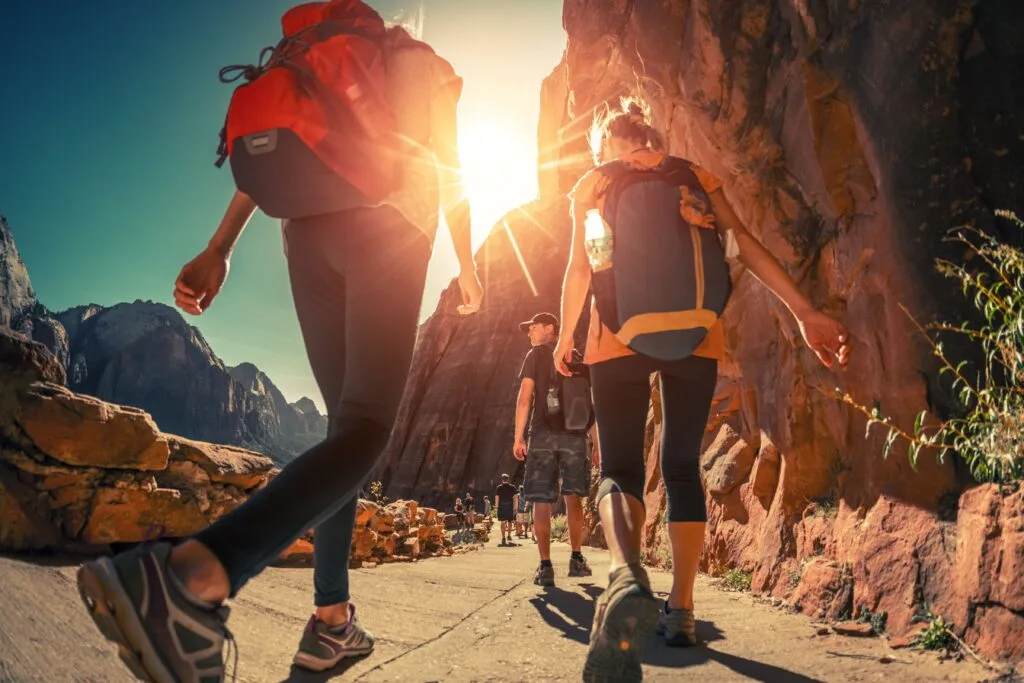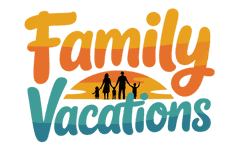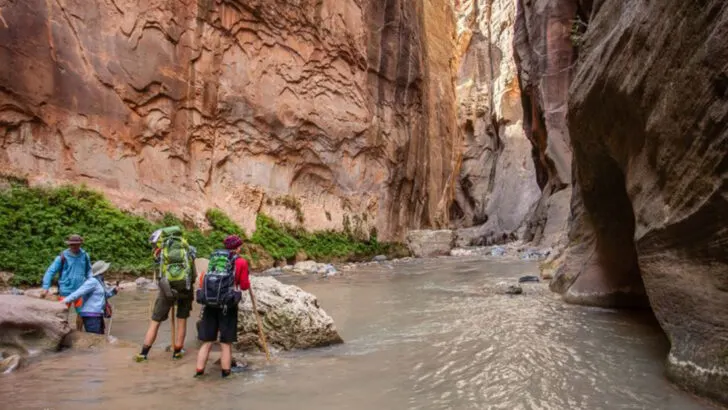Zion National Park is breathtaking—and it’s also bursting at the seams. What was once a serene escape into towering red cliffs and quiet canyons has now become a battle against long lines, packed trails, and parking lots that fill up before sunrise. The beauty hasn’t faded, but the experience has changed. Instead of solitude, visitors often find themselves shoulder-to-shoulder with crowds, waiting their turn to catch a glimpse of the views that once felt untouched. The problem isn’t that Zion has lost its magic—it’s that too many people have discovered it. And every year, the numbers keep climbing, stretching the park beyond what it was meant to handle. If you’re dreaming of Zion’s wild, soul-stirring landscapes, you can still have them. But know this: enjoying the park today requires strategy, patience, and the willingness to face the reality of its overwhelming popularity.
Overcrowding and Record-Breaking Visitor Numbers

Zion National Park, once a serene escape, now sees over 5 million visitors annually. This influx creates a bustling atmosphere, turning serene trails into crowded highways. Imagine waiting in line just to catch a glimpse of the iconic Angels Landing. Visitors are often shoulder to shoulder, vying for the perfect photo op. The shuttles are packed, with people standing for long rides, adding to the fatigue. Weekends and holidays exacerbate the issue, leaving little room for quiet reflection. The sheer number of people can make it difficult to connect with nature.
Permit and Reservation Fatigue
Angels Landing, a sought-after hike, now requires a permit through a lottery system. This change, while aimed at reducing overcrowding, leads to planning fatigue. Many hopeful hikers find themselves disappointed, unable to secure a spot. The emotional rollercoaster of entering lotteries and waiting for results can sour the experience. Planning a trip becomes a strategic affair, with visitors needing backup plans. The spontaneity of adventure is lost. Despite efforts to manage crowds, these systems often create stress and frustration among those yearning for the open trail.
Limited Parking and Shuttle Hassles
Parking at Zion is a challenge, with lots filling up by early morning. Visitors often find themselves driving in circles or parking miles away in Springdale. The shuttle system, while essential, is not immune to overcrowding. Long lines form, leaving visitors waiting in the heat or cold. The shuttles themselves become cramped spaces, where standing-room-only is the norm. These logistical hurdles can turn a day of exploration into one of frustration. The initial excitement of visiting quickly wanes, replaced by logistical headaches and stress.
Environmental Degradation from Heavy Use
Constant foot traffic in Zion has led to noticeable environmental degradation. Trails show signs of wear, with soil erosion and damaged vegetation becoming common sights. Sensitive ecosystems, once vibrant, now struggle to flourish under the weight of tourism. The impact of so many feet on the ground is evident, with certain areas losing their natural charm. Efforts to repair and maintain trails are ongoing, but the sheer volume of visitors makes it a daunting task. The beauty of Zion is at risk, as its environment bears the cost of popularity.
Increased Flash Flood Risk
The Narrows, known for its breathtaking beauty, hides a dangerous secret: flash floods. These can occur with little warning, turning tranquil waters into torrents. Climate change has increased the frequency of such events, making them more unpredictable. Hikers must remain vigilant, constantly checking weather updates. The risk adds an element of danger, overshadowing the adventure. Visitors are advised to plan around potential flood warnings, limiting exploration. The threat of flash floods is a reminder of nature’s power, one that can make enjoying Zion a perilous endeavor.
Climate Change and Its Visible Impact
Climate change is visibly affecting Zion, altering its landscape and wildlife. Summers are hotter, water sources are drying up, and the once-predictable seasons are no more. These changes shift the ideal visiting times, shortening the window for comfortable exploration. Wildfire risks are elevated, adding another layer of concern for park-goers. The park’s flora and fauna are forced to adapt, with some species struggling to survive. As the environment shifts, the essence of Zion faces a challenging future. The park’s beauty endures, but the changes are hard to ignore.
Noise and Light Pollution
Zion, once a haven of quiet solitude, now grapples with noise and light pollution. The traffic hums incessantly, helicopters buzz overhead, and the constant flow of tourists diminishes the peace. At night, artificial lights obscure the starry sky, a key attraction for many. The disruption of natural tranquility affects both wildlife and visitor experience. The essence of Zion, a place of reflection and awe, feels muted. For those seeking a retreat into nature’s embrace, the growing noise and light disturbances present an unexpected challenge.
Wildlife Disruption and Human Interaction
The increase in visitors has led to more frequent interactions with Zion’s wildlife. Animals are becoming accustomed to human presence, altering their natural behaviors. This habituation poses risks, as wildlife may approach humans more closely, leading to dangerous encounters. Feeding or disturbing animals, often unintentionally, can cause harm. Rangers work tirelessly to educate and protect, but the challenge is ongoing. The balance between human enjoyment and wildlife well-being is delicate. As animals adjust to the constant presence of people, the natural dynamics of Zion face a new reality.
Rising Costs of Visiting
Visiting Zion is becoming increasingly expensive, with entrance fees and accommodation costs on the rise. What once was a budget-friendly adventure now demands a greater financial commitment. Guided services, necessary for certain experiences, add to the overall expenditure. This shift may deter those with limited means, altering the park’s demographic. The costs extend beyond the park, with nearby dining and activities also seeing price hikes. As prices climb, the accessibility of Zion diminishes. The park remains a breathtaking destination, but for many, it’s accompanied by a hefty price tag.

